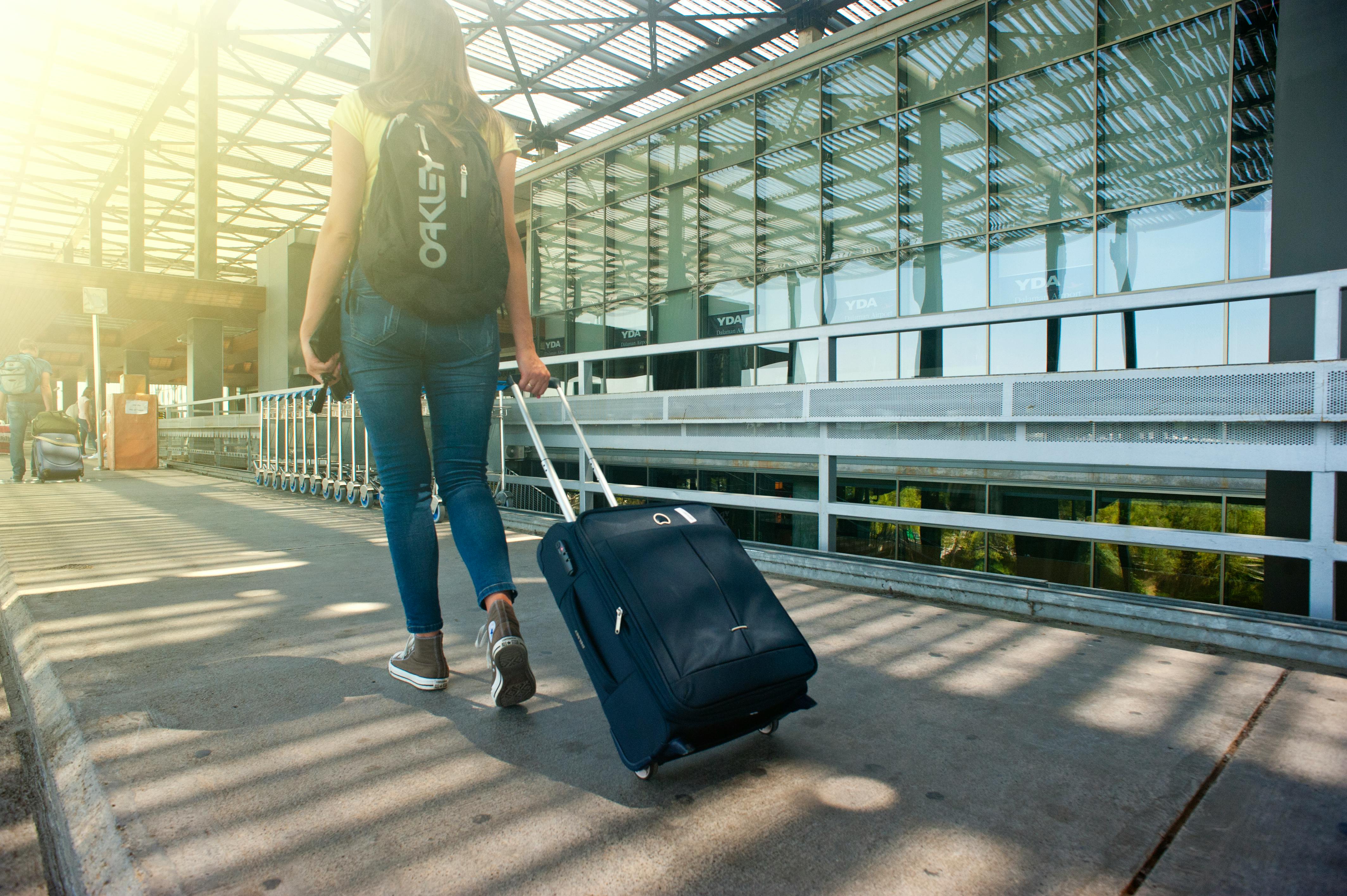Why Travel Trends Matter More Than Ever in 2025
Travel isn’t what it used to be. The world is changing, and so are the ways we explore it. Whether you’re planning your next big vacation or just dreaming of future getaways, staying on top of travel trends can help you make smarter, more fulfilling choices.
In this week’s roundup, a few clear patterns point to how travelers are redefining normal. Flexibility, personalization, and ethical choices dominate conversations. And yes—AI is officially in the driver’s seat for many of your next adventures.
So, what’s hot right now in mid-July 2025? Let’s dive into the four biggest travel trends lighting up our devices, browsers, and bucket lists this week.

1. AI-Powered Travel Planning is Here to Stay
If it feels like AI is everywhere—it’s because it is. From creating customized trip itineraries to answering real-time travel questions, artificial intelligence is completely transforming how we plan and experience travel in 2025.
Tools like ChatGPT (yes, like me!) and platforms integrated with machine learning are delivering detailed, personalized guidance in seconds. No more scrolling endlessly through conflicting reviews and blog posts.
The benefits of using AI for travel planning?
- Time-saving: Get itineraries tailored to your preferences in minutes.
- Hyper-personalized: AI adapts to your travel style—whether you’re a foodie, history buff, or beach lover.
- Real-time updates: Chatbots and AI assistants keep you informed on weather changes, transport delays, and more.
Of course, nothing replaces the magic that comes from spontaneity. But with AI handling logistics, there’s more time for choosing between wine tasting in Tuscany or hiking in the Alps—or maybe both?
Pro Tip:
Use multiple AI tools (like Google’s Gemini, Perplexity, and ChatGPT) and compare outputs. This can lead to richer, more nuanced travel options you may not have considered.

2. Experiential Travel is the New Luxury
Forget luxury in the old sense—plush bathrobes and high-thread-count sheets. In 2025, luxury looks like immersive experience. Travelers are craving authenticity over extravagance.
This trend, known as experiential travel, emphasizes meaningful interactions with local culture, history, and traditions over standard touristic boxes to check.
Here’s what’s trending:
- Cooking with locals: Hands-on food experiences at someone’s home are outpacing five-star restaurants on traveler wish lists.
- Micro-retreats: Weekend-long workshops focused on wellness, mindfulness, or creativity are gaining traction.
- Voluntourism: Combining holidays with service—like reef restoration in Belize or teaching English in Bali.
Case in point: The Greek island of Ikaria is seeing a rise in visitors who want to learn the art of slow living from the locals. Their Blue Zone lifestyle—where residents often live to 100+—has sparked curiosity among wellness-centric travelers.
This shift is about connection. When you swap tourist traps for personal encounters, you walk away with something deeper: stories that stay with you.
Ask Yourself:
What’s one skill, tradition, or story you’d love to learn on your travels? That answer might guide your next booking.

3. Alternative Accommodations Are Taking Over
Hotels? Sure, they’re still around. But in July 2025, more travelers are ditching the standard suite for alternative stays—and it’s easy to see why.
Options like eco-pods, tiny house villages, overwater bungalows, and treehouses promise something hotels can’t: character. They’re not just places to sleep—they’re experiences in themselves.
According to travel booking analytics, nature-first lodging saw a 60% spike in the past six months.
Here’s what people are loving:
- Unique design: Staying in a converted train carriage in the Cotswolds? Yes, please.
- Eco-conscious values: Accommodations that contribute positively to their surroundings.
- Social environment: Community-style co-living spaces are thriving, especially for solo travelers and digital nomads.
Even large hotel chains are taking note. Brands like Marriott and Hyatt are investing in vacation rental platforms and green building projects to stay relevant with today’s eco and design-minded guests.
4. The Rise of the “Second City” Escape
Move over, Paris, Rome, and Tokyo. In a bid to avoid the crowds, rising costs, and over-tourism, 2025 travelers are discovering the underrated charm of “second cities.”
What’s a second city? It’s a city that isn’t the nation’s capital or most famous destination—but still offers incredible culture, great food, and rich history, without the heavy tourist footprint.
Top second city picks this month include:
- Ghent, Belgium – a walkable medieval city with canals and thriving arts scene.
- Leipzig, Germany – edgy, affordable, and full of alternative culture.
- Chiang Mai, Thailand – serene temples, mountains, and indie cafes.
This trend ties in with the eco-movement as well. Smaller cities typically have less air travel congestion, more walkable neighborhoods, and lower costs—all good things for longer, more mindful trips.
Your Turn:
Next time you’re planning a trip, zoom out from the capital and take a second look at its little sibling. You might just find your new favorite destination.











